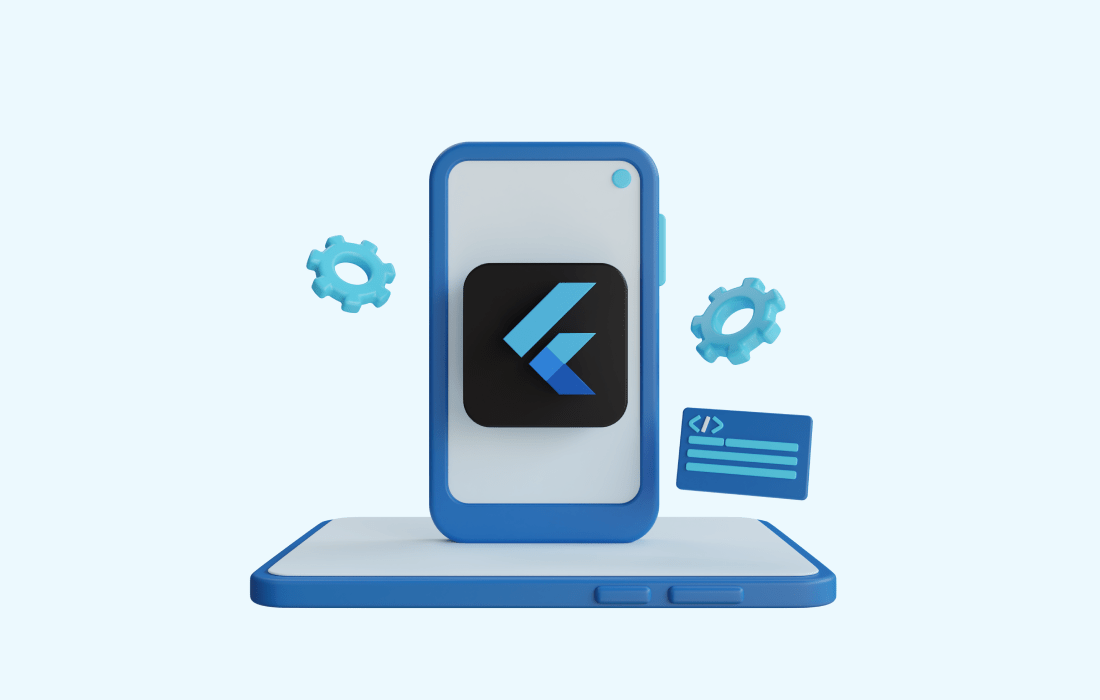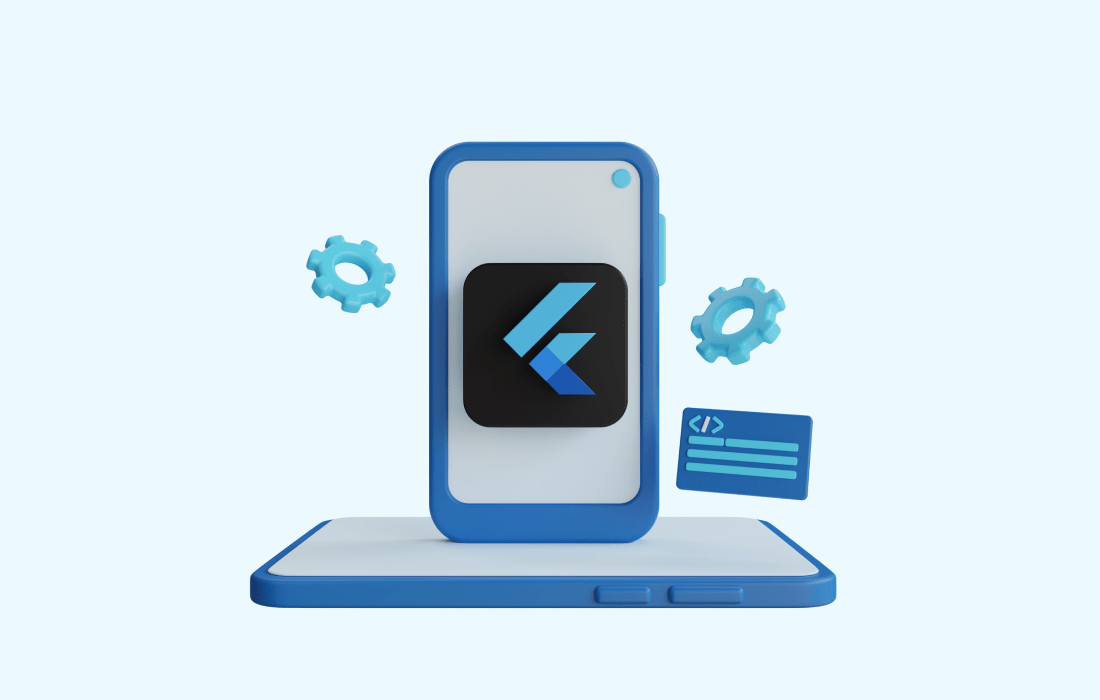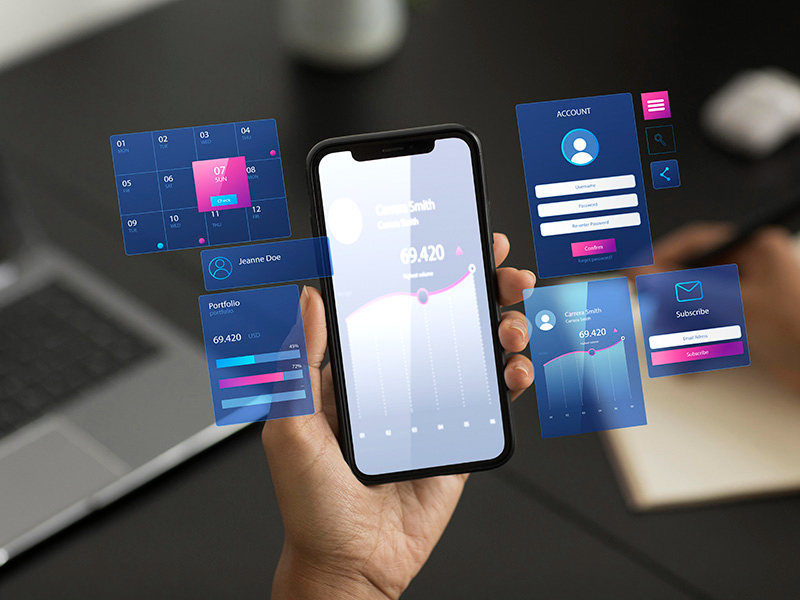Flutter Web vs Mobile App Performance in 2025

Strong 8k brings an ultra-HD IPTV experience to your living room and your pocket.
The Cross-Platform Dilemma in 2025
As businesses race to meet users where they are—on mobile, desktop, and the web—Flutter has emerged as a top-tier solution for building apps across platforms from a single codebase. But while the promise of “write once, run anywhere” is appealing, developers and stakeholders often ask:
How does Flutter web performance compare to Flutter mobile performance in 2025?
This blog breaks down the performance metrics, use cases, pros and cons, and current limitations of Flutter Web vs Mobile, helping you decide which is right for your app or startup this year.
Flutter Web in 2025: Where It Excels
Flutter Web has come a long way since its beta days. In 2025, it’s now production-ready for many use cases, especially internal tools, admin dashboards, lightweight content platforms, and simple eCommerce frontends.
Key Strengths
Unified UI/UX across devices
Fast deployment with no app store bottlenecks
Better for SEO discoverability (especially with Flutter’s improved support for indexable content)
Easier updates & maintenance without requiring app store re-approval
Compatible with desktop browsers, PWAs, and embedded experiences
Performance Benchmarks (Typical Use Cases)
Use Case Load Time (Cold Start) UI Responsiveness FPS on Animations
Admin Dashboard 1.5–2.5 sec Smooth on modern browsers ~50–60 fps
Landing Page / CMS 1.2–2 sec Very smooth ~60 fps
Interactive Forms 2–3 sec Medium to smooth 45–60 fps
While improvements in canvasKit and DOM rendering have significantly boosted performance, Flutter Web still lags slightly behind mobile in frame rendering and heavy animation handling—especially on lower-end devices or with complex UI.
Flutter Mobile Apps in 2025: Peak Performance, Native Feel
Mobile is where Flutter truly shines. Whether you're deploying on Android or iOS, Flutter mobile apps in 2025 are faster, lighter, and more capable than ever.
Why Flutter Mobile Still Wins
Near-native performance with Skia rendering engine
Seamless hardware access (camera, sensors, storage, haptics)
Better performance for heavy UI animations, real-time interactions, and background processes
Easier offline storage and background services
Performance Benchmarks (Typical Use Cases)
Use Case Launch Time Memory Usage Battery Efficiency
Social App ~500–800 ms Moderate Efficient
Fitness Tracker ~600 ms Low High
eCommerce App ~700 ms Medium Efficient
Flutter mobile development also benefits from better support for device-specific features like biometric login, push notifications, native gestures, and smoother navigation transitions.
Flutter Web vs Mobile: Side-by-Side Comparison (2025 Edition)
Feature / Metric Flutter Mobile Flutter Web
Startup Time Faster (500–800 ms) Slower (1.5–3 sec)
FPS (animations) 60 fps consistently Drops on complex UIs
Access to Native APIs Full Limited
SEO-friendliness Not SEO-friendly Fully indexable
Installation App stores Browser-based or PWA
Offline Support Robust Limited, needs setup
App Size Smaller with AOT Heavier initially
Update Speed Requires app store push Instant web deployment
Use Cases: When to Use Flutter Web vs Mobile
Use Flutter Web If:
✅ You’re building internal tools or dashboards
✅ You need SEO (blog, knowledge base, catalog)
✅ You want quick access without app installation
✅ Your app doesn’t rely heavily on device sensors or real-time animations
Use Flutter Mobile If:
✅ You want fast, fluid performance for animations
✅ Your app needs offline capability
✅ You require push notifications or biometric access
✅ Your users expect an app store experience
Developer Insights: Real-World Feedback from 2025 Projects
Many teams using flutter development services in 2025 report:
Flutter Mobile remains the go-to for user-first, performance-heavy apps
Flutter Web is ideal for admin interfaces, MVPs, and customer portals
Combining both platforms under one codebase still saves 30–40% in dev time
At Four Strokes Digital, we’ve delivered cross-platform apps using Flutter for startups and enterprises alike—always choosing between web or mobile deployment based on performance and user experience priorities.
Advanced Optimization Tips for Each Platform
For Flutter Web
Use CanvasKit rendering instead of DOM for smoother graphics
Lazy-load assets (especially fonts, icons)
Minimize setState calls and avoid over-redrawing widgets
Enable HTTP/2 and CDN caching for faster asset delivery
For Flutter Mobile
Use AOT compilation and minification to reduce size
Optimize images via flutter_image_compress
Split builds using flavors for targeted performance
Use Isolate for CPU-heavy tasks (like data parsing or AI)
Future Outlook: What's Coming in Flutter's Performance Roadmap?
Google’s Flutter roadmap includes:
Improved threading for multitasking on both web and mobile
WebAssembly (WASM) integration for better web execution speed
Flutter 4.0 is rumored to bring runtime performance boosts
Better DevTools to analyze widget builds and memory usage
With these improvements, expect Flutter Web to close the performance gap even further in late 2025 and beyond.
Which Should You Choose?
There’s no absolute winner. Instead, choose based on user intent and platform behavior:
Want maximum reach and SEO? → Start with Flutter Web
Need smooth animations and high responsiveness? → Go with Flutter Mobile Apps
Planning a progressive rollout? → Start on Web, migrate features to mobile over time
Want both? → Use Flutter’s unified codebase to deploy cross-platform with conditional rendering
If you’re not sure where to start, app performance testing and user feedback should drive your decision.
FAQs
1. Can I share 100% of my code between Flutter web and mobile?
Not exactly. You can share UI logic, business logic, and models. But platform-specific code (permissions, APIs, layouts) may need branching.
2. Are Flutter Web apps secure for production?
Yes, especially with HTTPS, secure hosting, and proper CSPs. Avoid storing sensitive data in local storage.
3. Can I use animations and Lottie on both web and mobile?
Yes! However, heavy animations may lag on web if not optimized.
4. How do I decide whether to convert Flutter app to web or build web-first?
Evaluate your user needs. If mobile is primary, optimize there first. If you need wide reach or testing, web-first is a great MVP strategy.
Use the Right Tool for the Right Experience
Flutter has made building for multiple platforms easier, but performance expectations are still platform-specific. In 2025, Flutter mobile apps still lead in raw speed and UI performance, while Flutter Web shines in accessibility, fast deployment, and SEO.
Both are growing fast—and neither is a second-class citizen anymore.
If you’re planning your next cross-platform project, working with the right strategy and team makes all the difference. At Four Strokes Digital, we help you build future-ready, cost-effective app development strategies tailored to user needs and business goals.
Enjoyed the comparison? Follow me for more 2025 Flutter development insights and tutorials.
Let’s build faster, smarter apps—across every screen.
Note: IndiBlogHub features both user-submitted and editorial content. We do not verify third-party contributions. Read our Disclaimer and Privacy Policyfor details.







